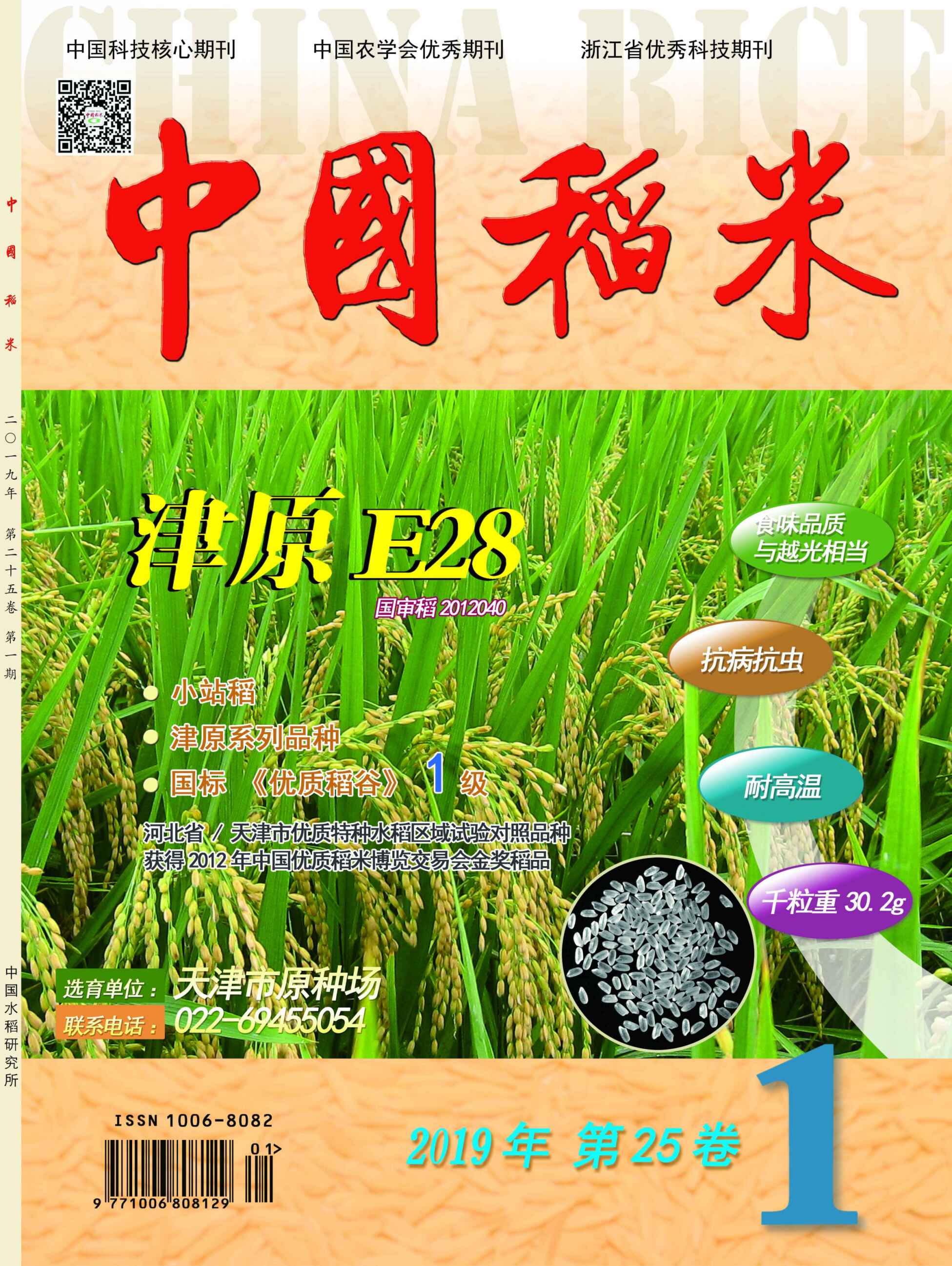In order to explore the suitable nitrogen-fertilization model for the high quality conventional late japonica rice Jinnongxianggeng 1267 in southern China, the 6 N levels included CK(0), N1(165 kg/hm2), N2(210 kg/hm2), N3(255 kg/hm2), N4(300 kg/hm2) and N5(345 kg/hm2), 3 N application ratios were applied on different growth stages: NT1: 40% basal, 20% 7 d after transplanting(7DAT) and 40% panicle N-fertilizer; NT2: 40% basal, 20% 7DAT, 40% panicle N-fertilizer at the 4th and 2nd leaves emerged from the top; NT3: 40% basal, 20% 7DAT, 20% panicle N-fertilizer and 20% grain N-fertilizer, to study the effects of different nitrogen fertilization models on yield and quality of high quality conventional late japonica rice. The results showed that, with the increase of nitrogen application rate, the yield was increased first and then decreased. Compared with N3 treatment, the grain yields of CK, N1, N2, N4 and N5 treatment were decreased by 37.1%, 8.2%, 5.7%, 4.9% and 10.0% respectively, the main reason for the increase of yield is the increase of the grains per spike and the thousand grain weight. At the N3 level, the yield of NT3 treatment was the highest, the main reason for the increase of yield is the increase of the grains per spike. With the increase of nitrogen application rate, the processing quality, appearance quality, cooking and eating quality and nutritional quality were improved; at the N3 level, the brown rice rate, milled rice rate, head rice rate, chalky rice rate, chalkiness degree and gel consistency all showed NT1>NT2> NT3, the amylose content and crude protein content were opposite. With the increase of nitrogen application rate, the peak viscosity, thermal slurry viscosity, cold glue viscosity, disintegration value and peak time of RVA spectral eigenvalues were decreased, while the reduction value, recovery value and gelatinization temperature were increased; at the N3 level, the peak viscosity, slurry viscosity, cold adhesive viscosity, disintegration value and peak time all showed NT1<NT2< NT3, the reduction value, recovery value and gelatinization temperature were opposite. To sum up, when the nitrogen rate was 255 kg/hm2 and base fertilizer ∶ tillering ferilizer ∶ panicle fertilizer ∶ grain fertilizer was 4∶2∶2, it was easier to achieve high yield and good quality.

